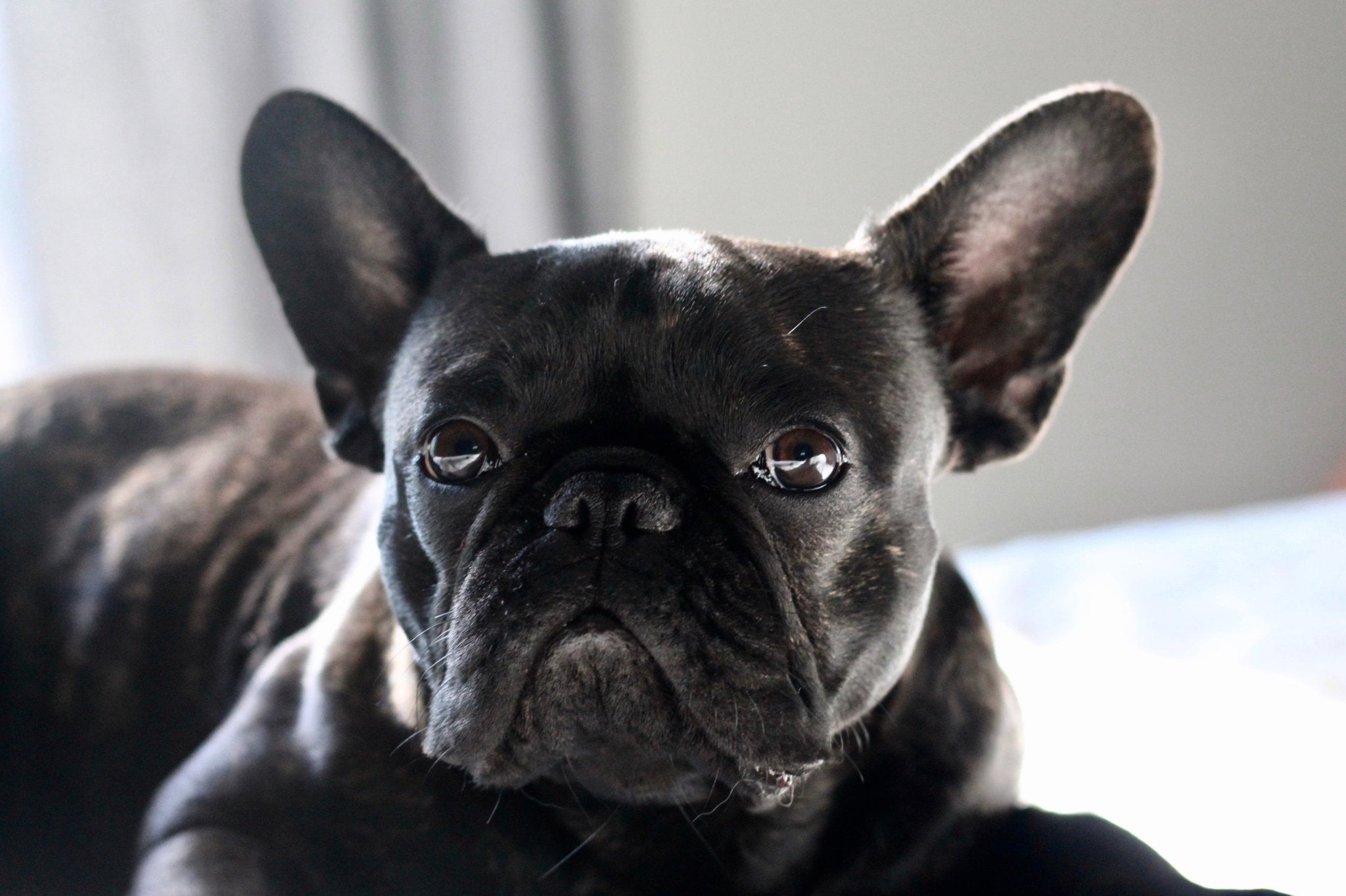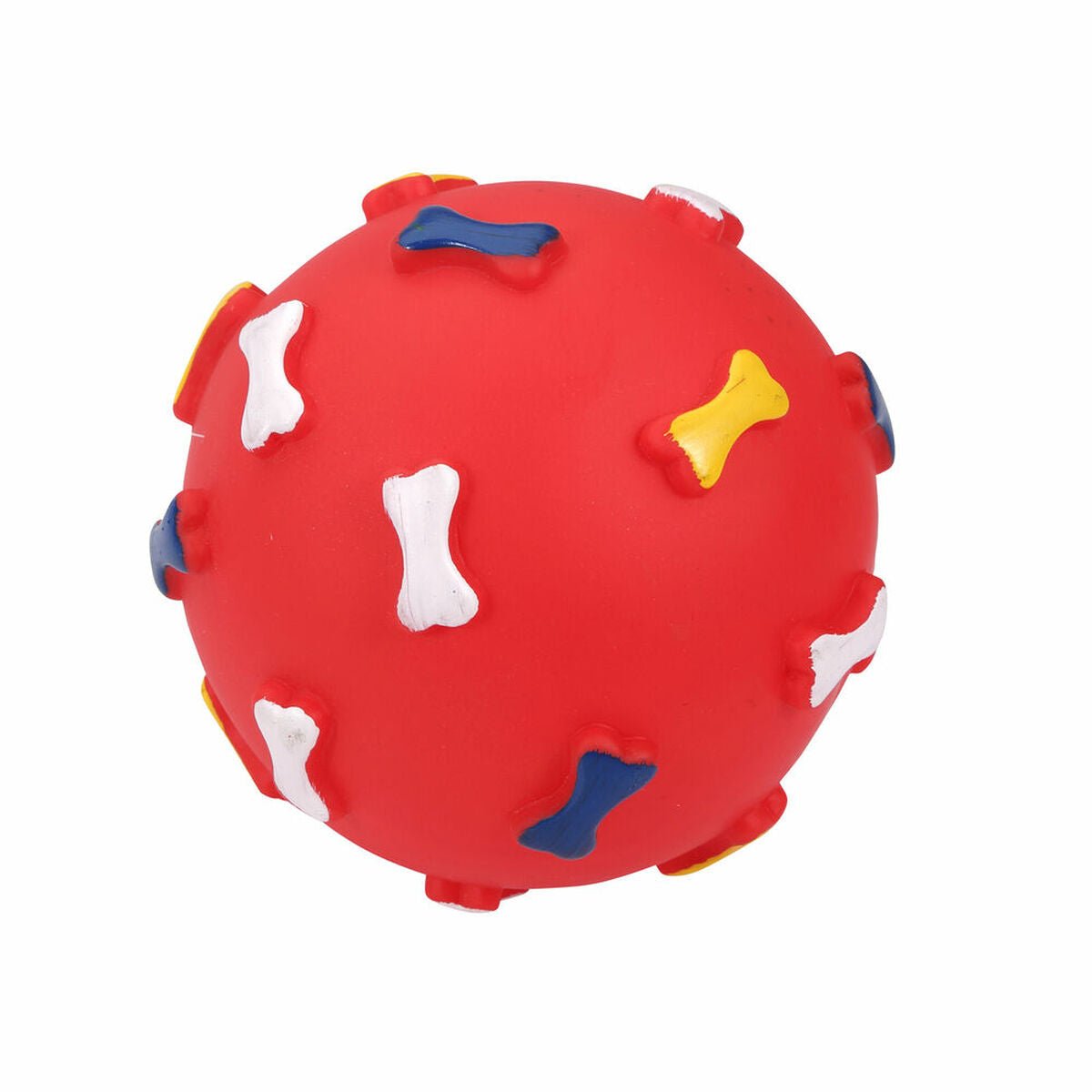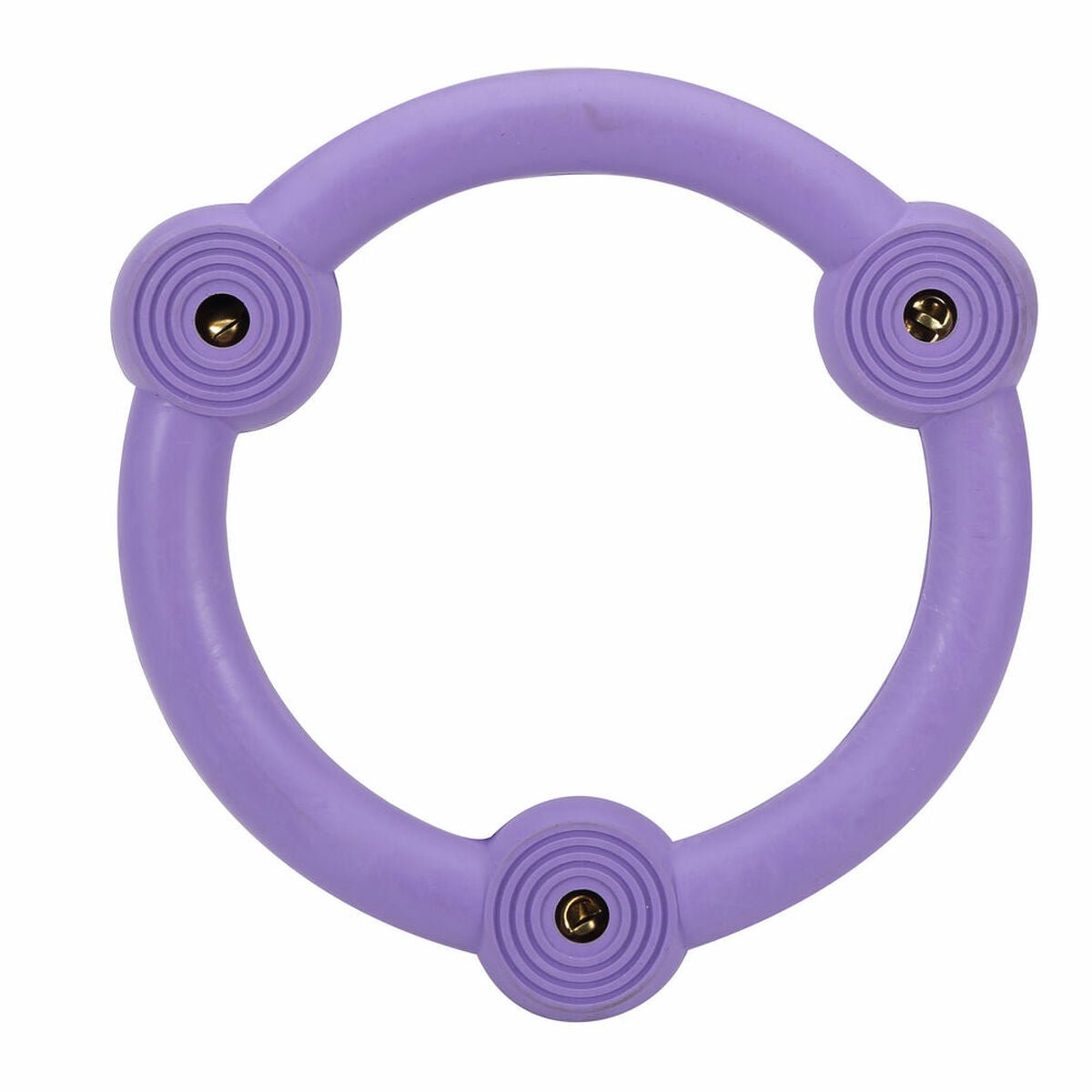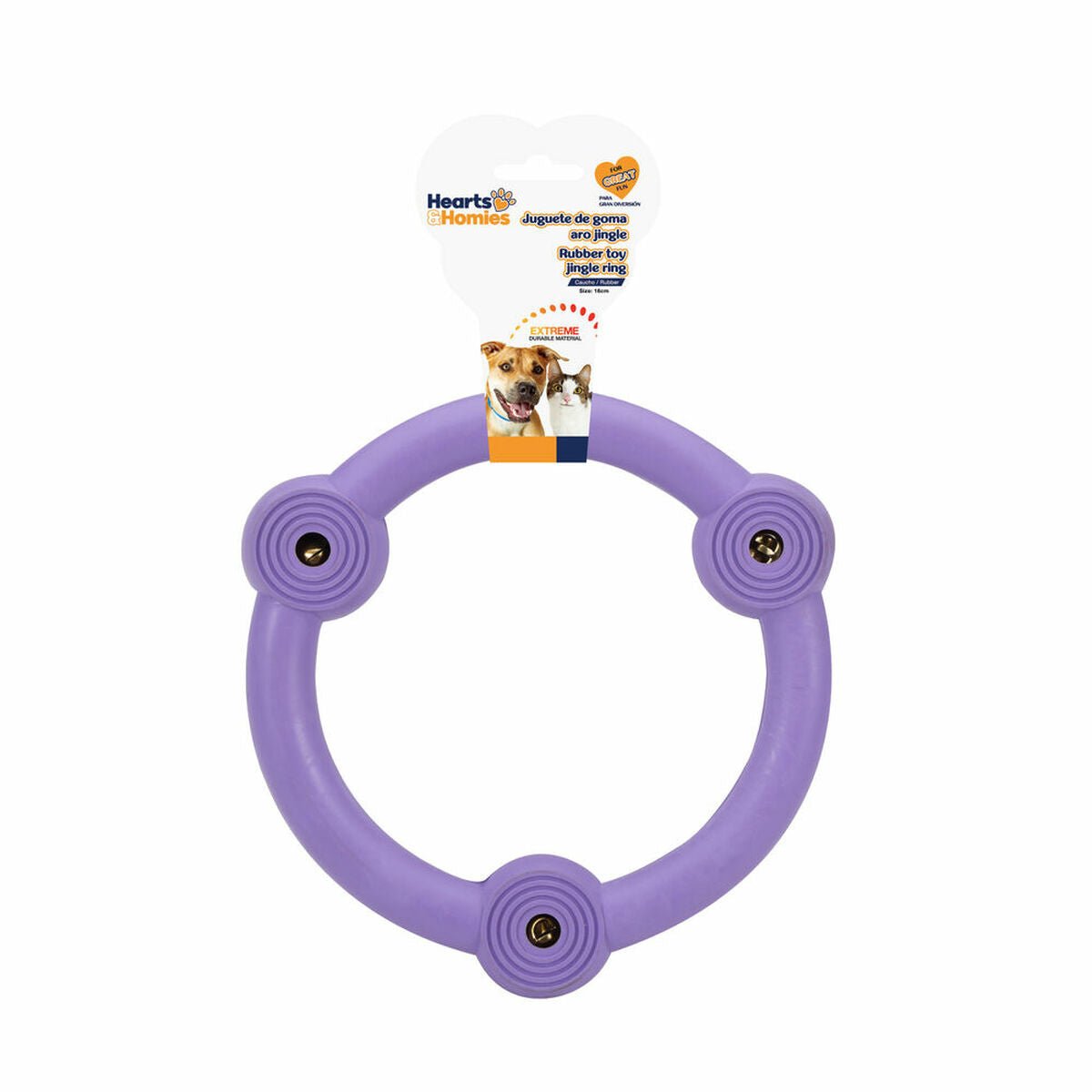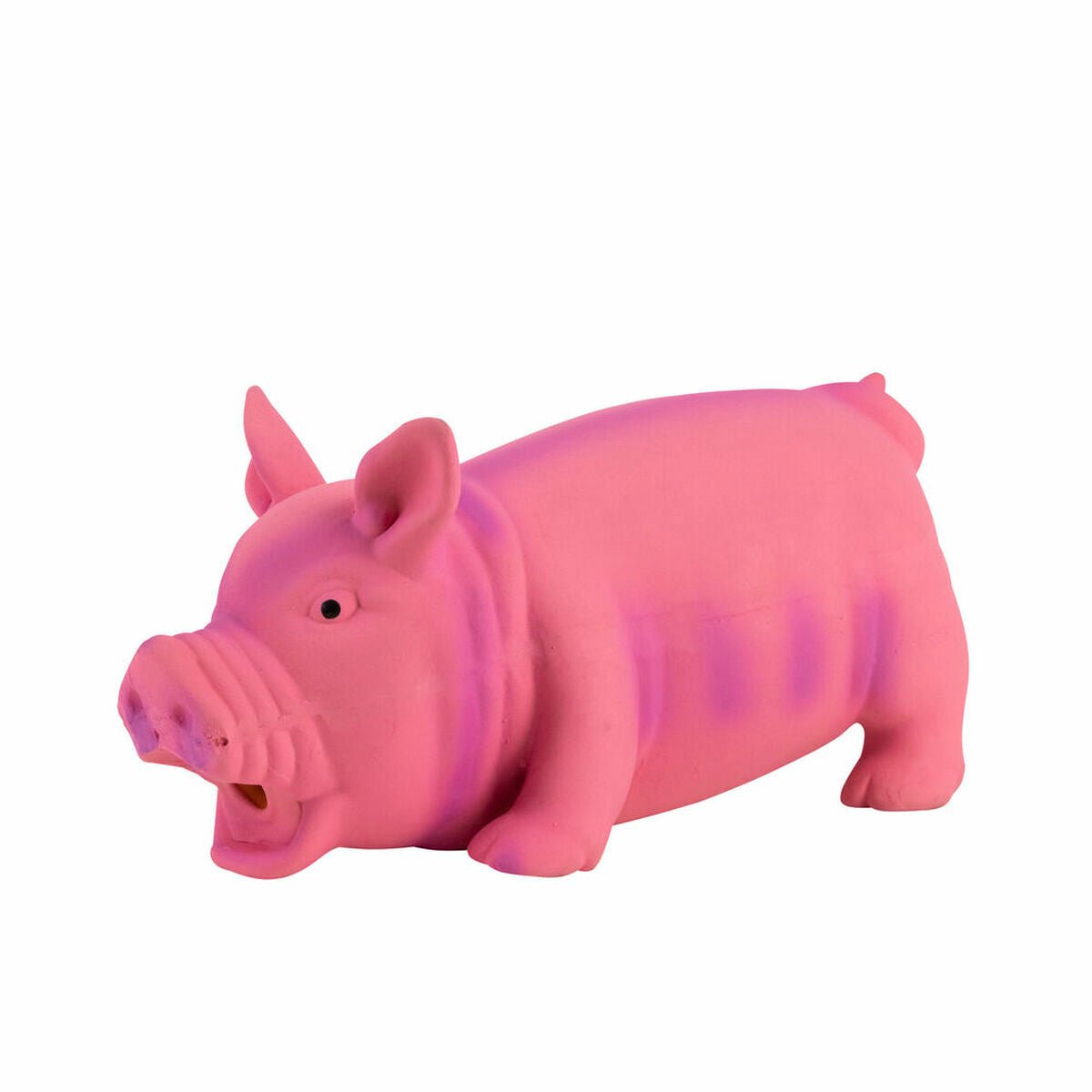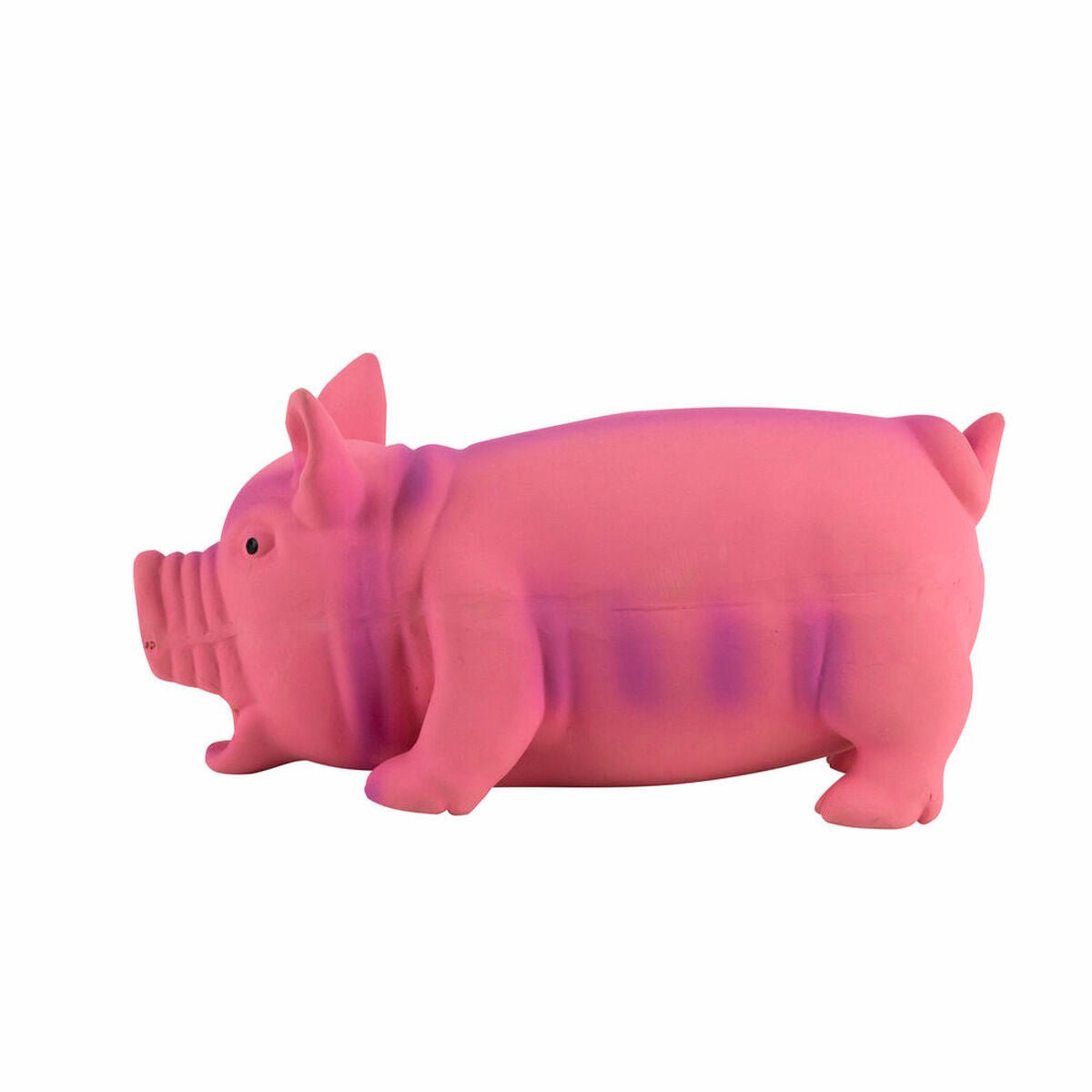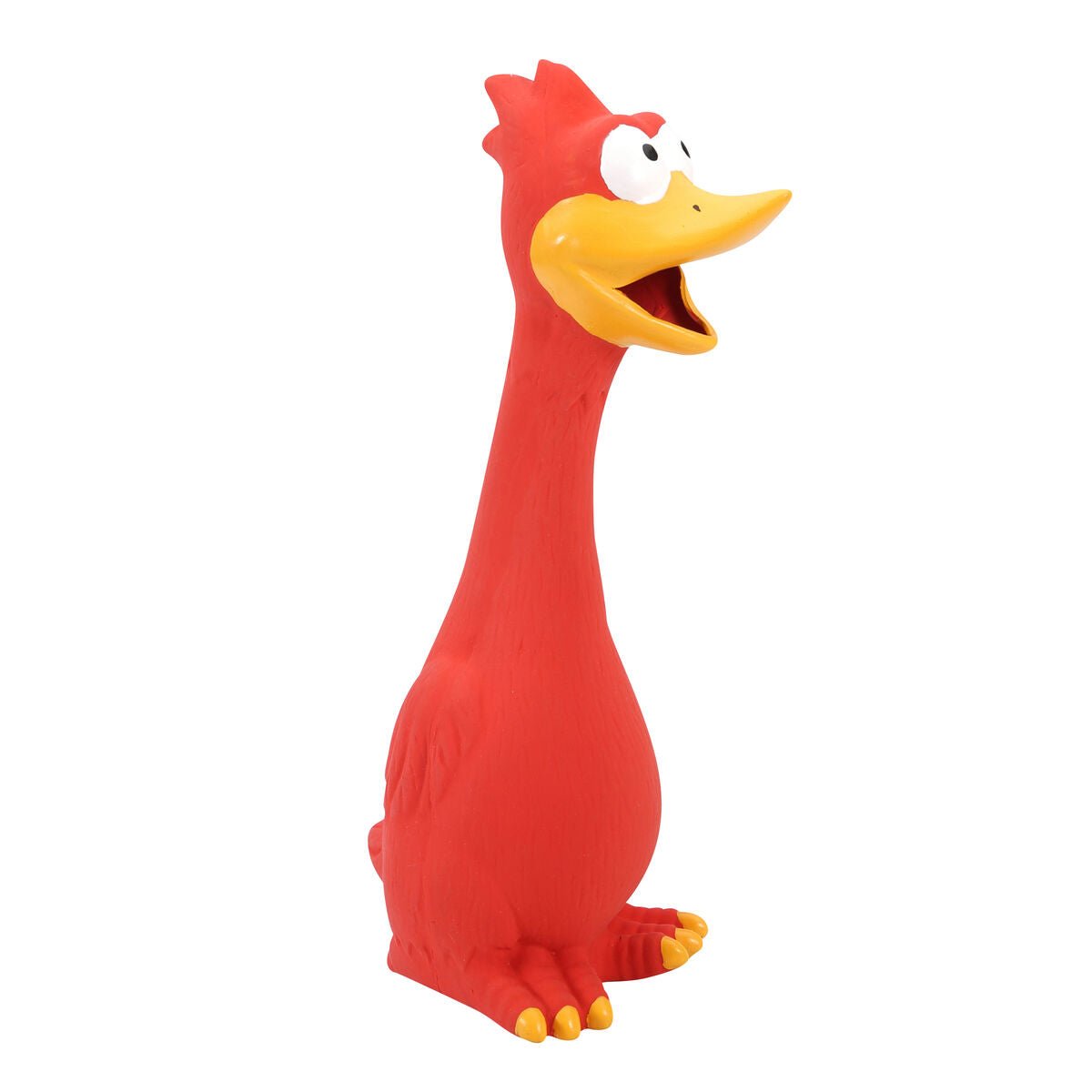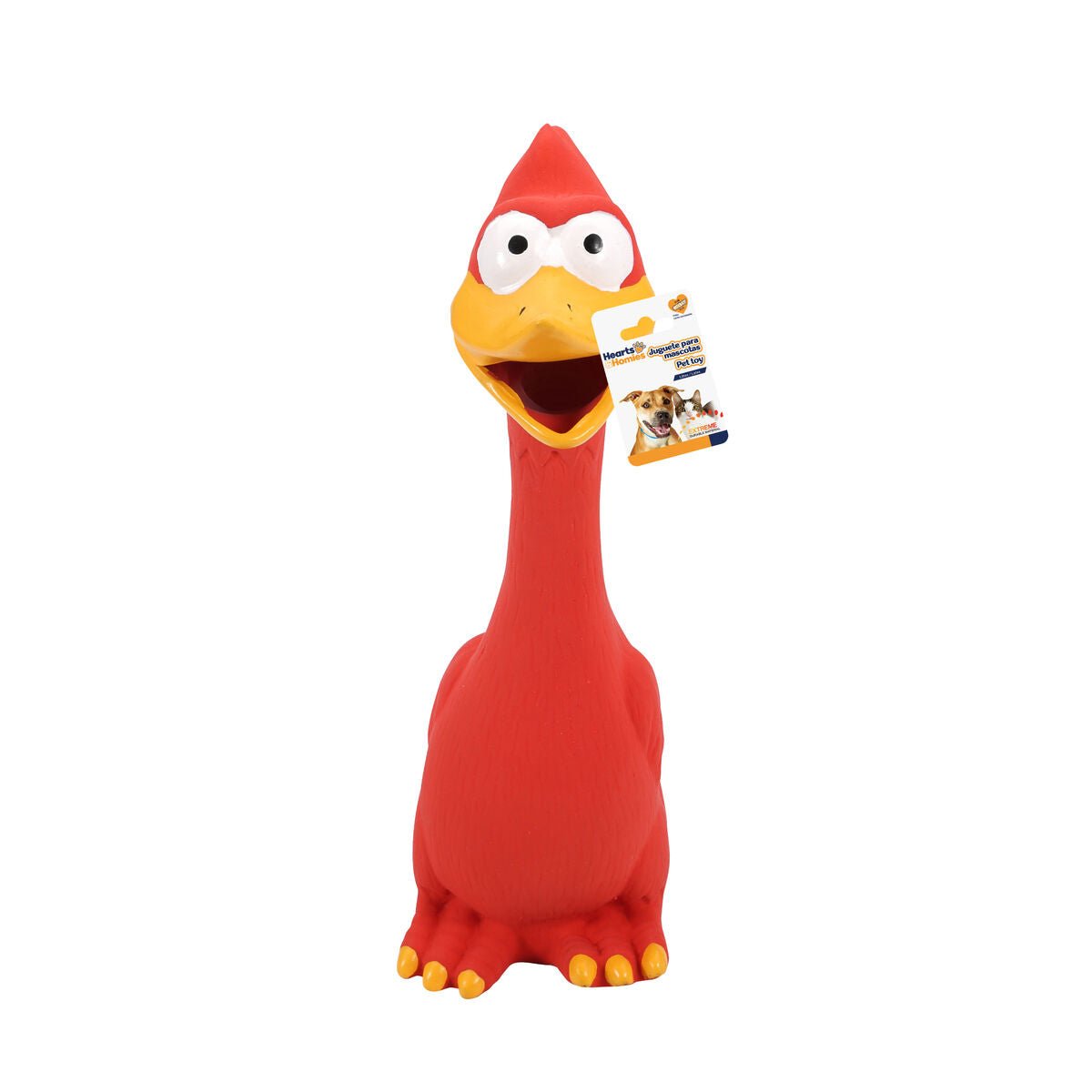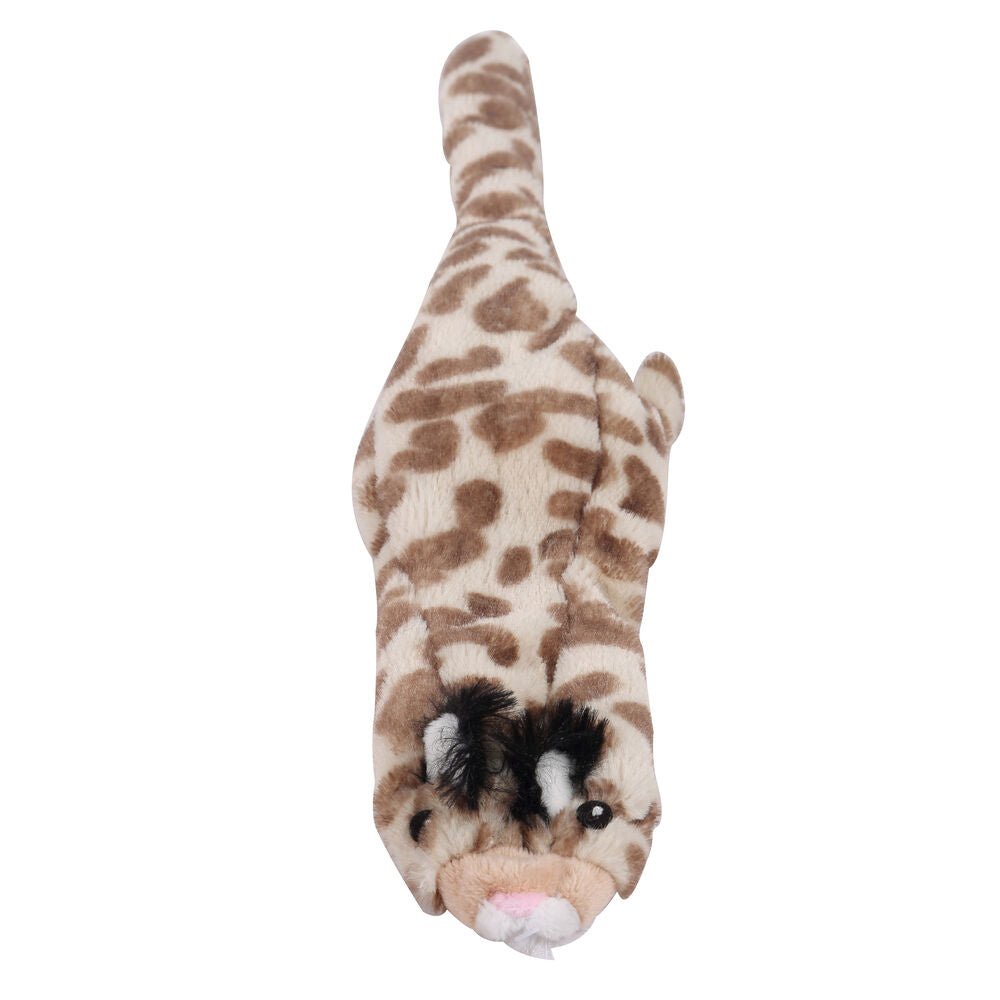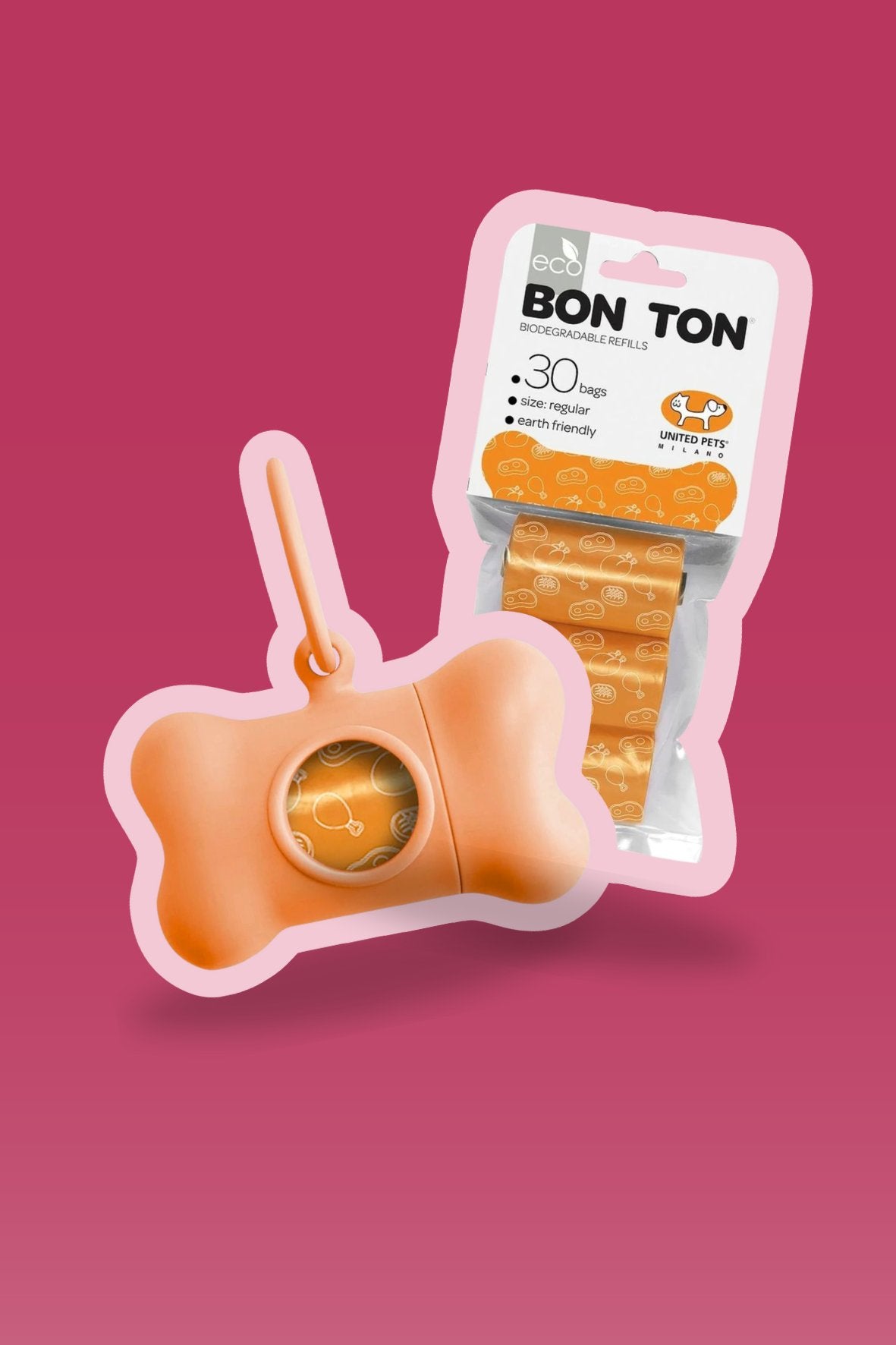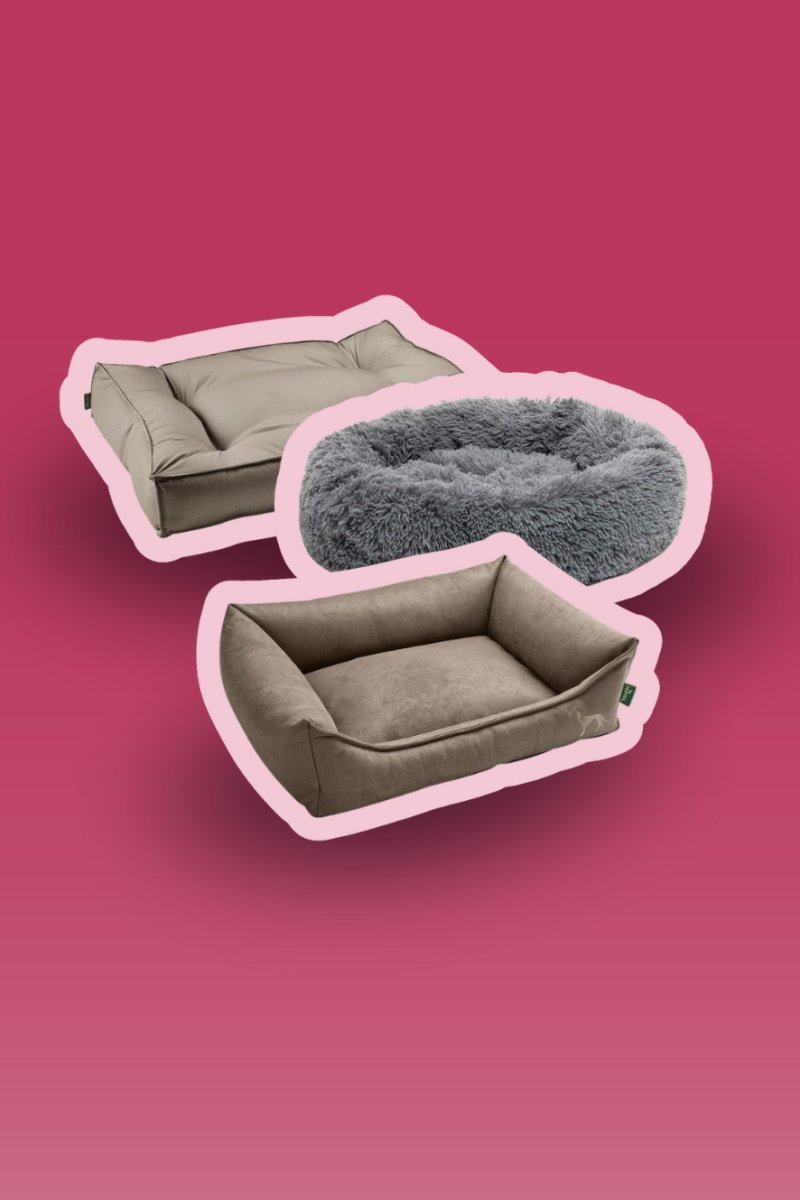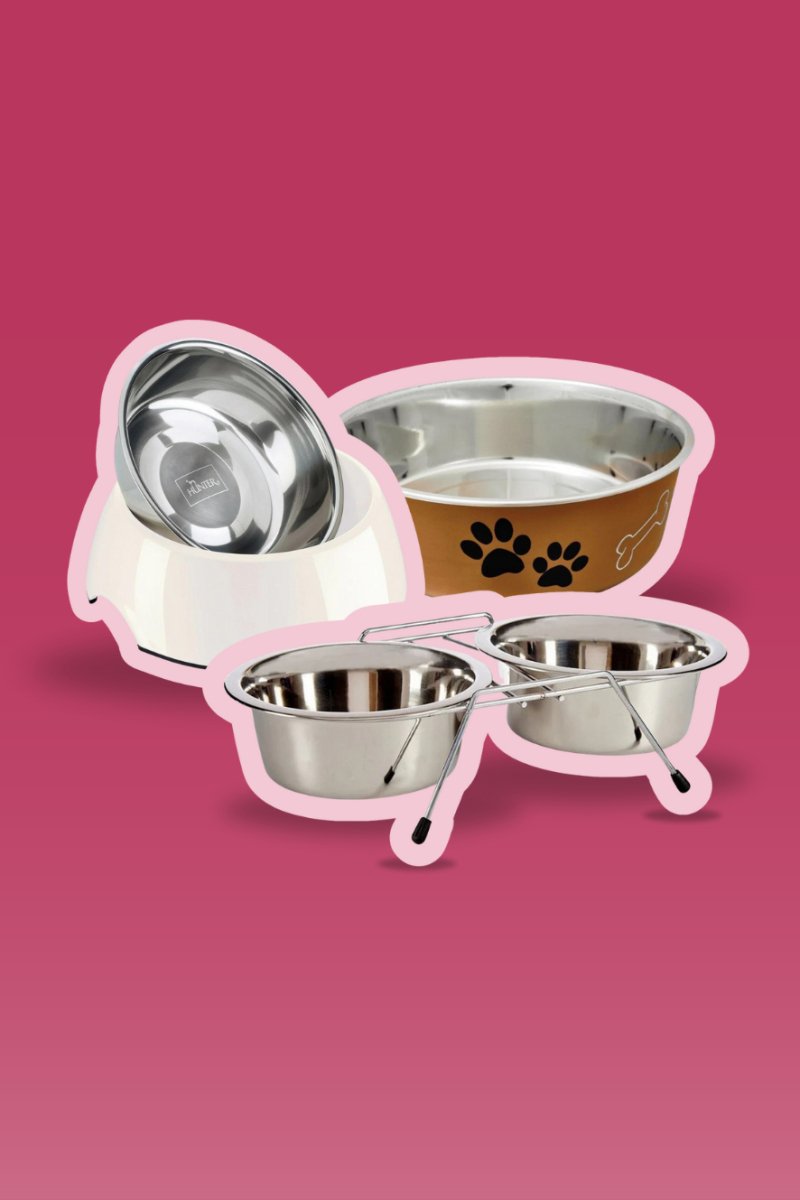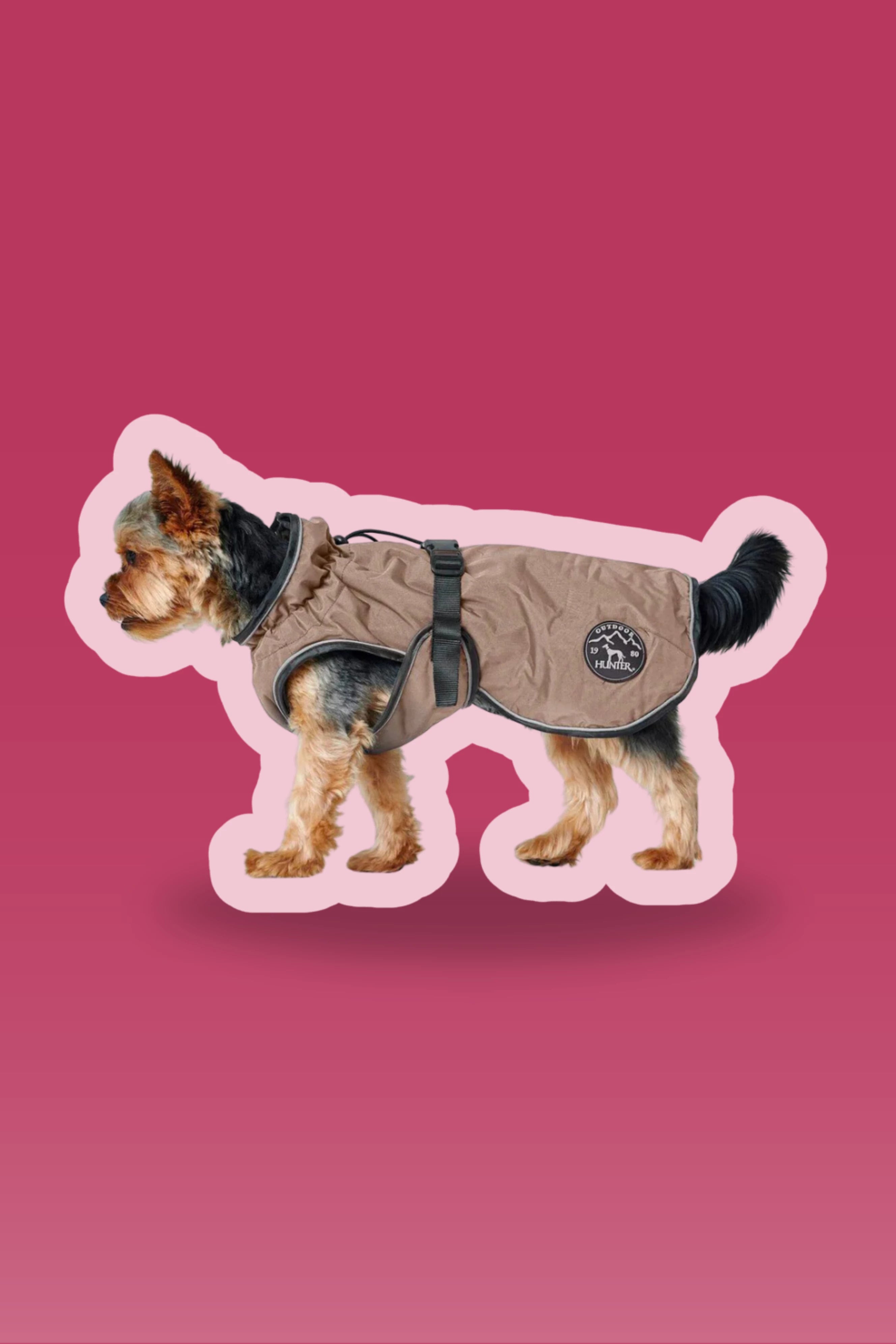Many dogs experience anxiety, stress and fears in different ways. It can be due to everything from social factors to environmental factors and it is important for dog owners to be aware of these problems and be able to help their four-legged friends deal with them. How can I help my dog deal with anxiety and fears?
Here we give you 5 things that are good to think about:
Understand what causes your dog's anxiety and fears
To help your dog deal with his anxiety and fears, it's important to understand what causes them. Some dogs may be afraid of loud noises, while others may experience separation anxiety from their owner. Identifying the specific factors causing your dog's anxiety is an important first step toward helping them.
Practice positive reinforcement
Positive reinforcement is a powerful tool to help your dog deal with his anxiety and fears. Train your dog by rewarding them with treats or favorite toys when they handle a stressful situation in a positive way. This can help them associate the stressful situation with a positive experience.
Create a safe and comfortable environment
It is important to create a safe and comfortable environment for your dog. This may include creating a calm and quiet place where they can retreat and relax. It may also mean limiting their exposure to stressors such as loud noises or too many stimuli.
Use relaxation techniques
Relaxation techniques such as massage and deep breathing can be helpful in helping your dog manage his anxiety and stress. Give your dog a massage or add a music player that plays soothing music to help them relax.
Seek help from a professional
If your dog's anxiety or fears are severe or cannot be managed on their own, it may be appropriate to seek help from a professional dog trainer or veterinarian. They can help you develop a customized plan to address your dog's specific needs.
Helping your dog manage anxiety, stress and fears is an important part of being a responsible dog owner. By understanding what causes your dog's anxiety and fears, using positive reinforcement, creating a safe environment, using relaxation techniques and seeking professional help when needed, you can help your dog feel better and live a happy and healthy life.

